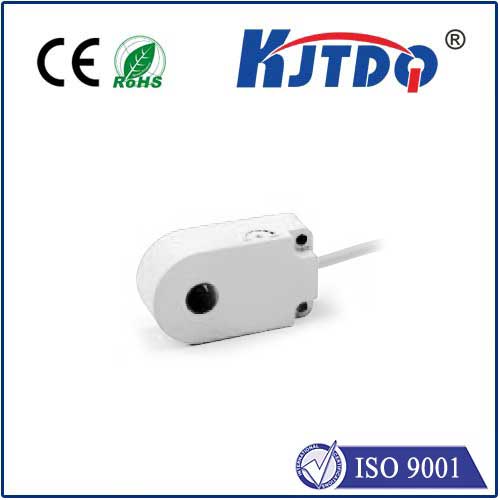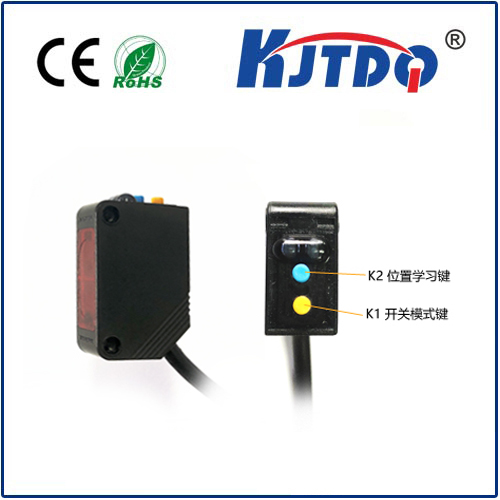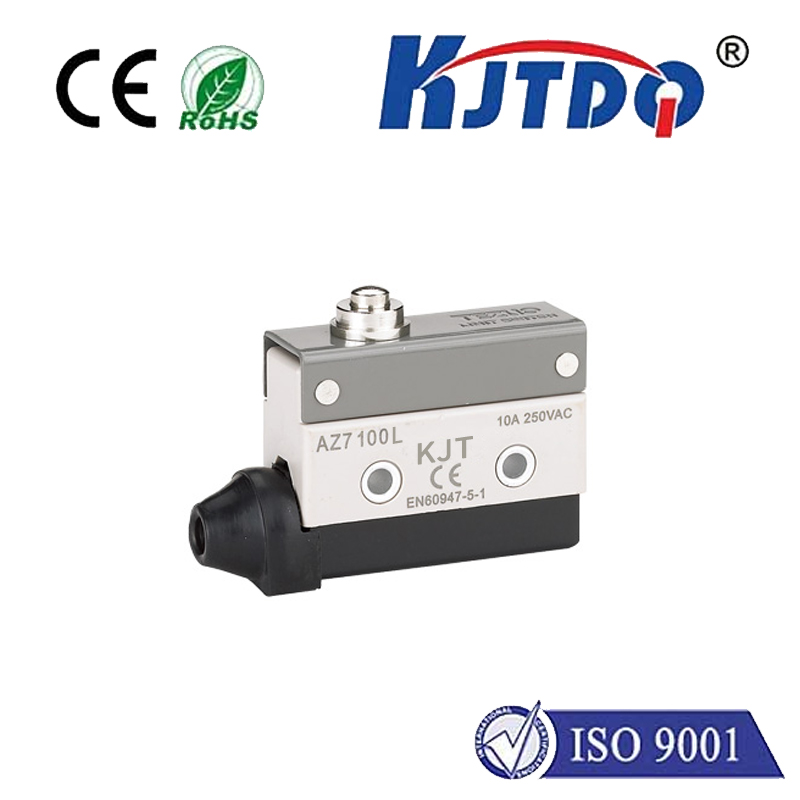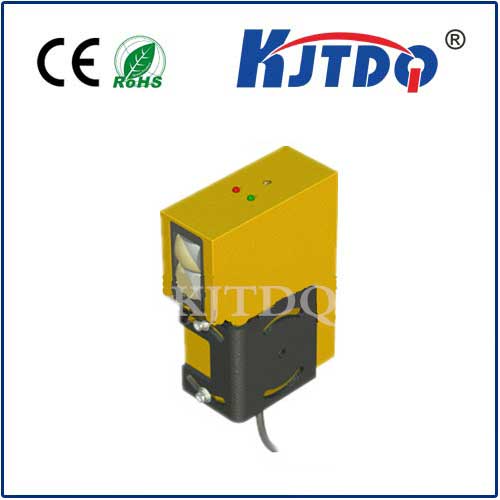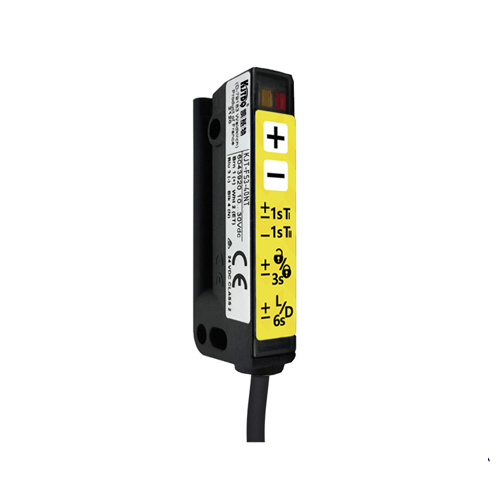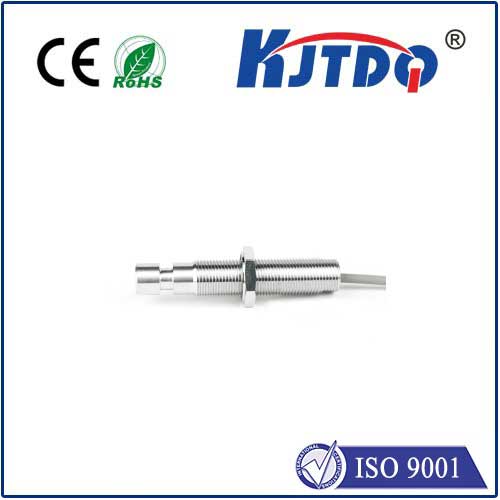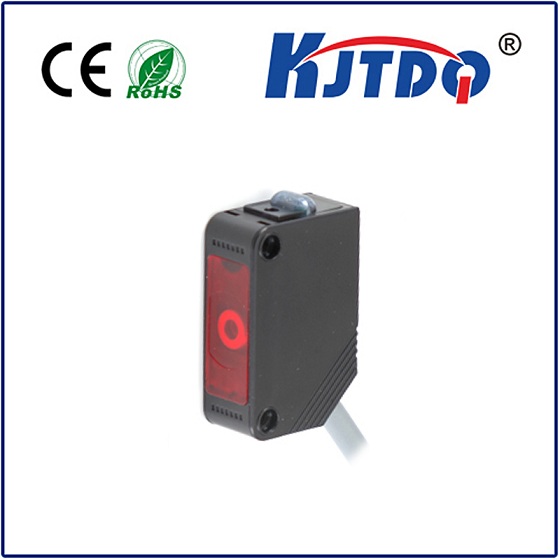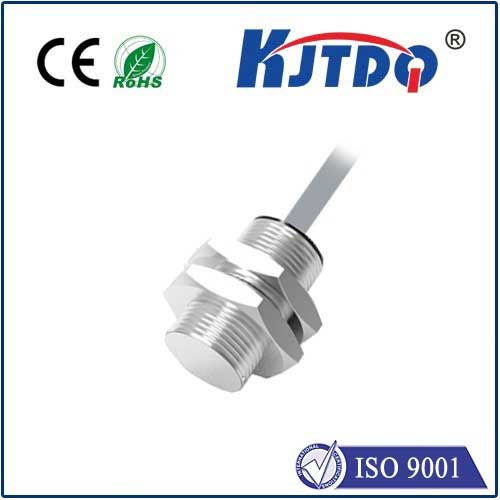

check

check

check

check

check

check

check

check

check

check
Photoelectric sensors are an integral part of modern industrial automation, and the slot photoelectric sensor is a specific type that has become increasingly popular due to its precision and reliability. In this article, we will delve into what slot photoelectric sensors are, how they work, their applications, and the benefits they offer in various industries.
What is a Slot Photoelectric Sensor?
A slot photoelectric sensor is a device that uses light to detect the presence or absence of an object. It consists of a light source, typically an LED or laser diode, and a photodetector, such as a photodiode or phototransistor. The light source emits a beam of light that passes through a narrow slot or opening, and when an object interrupts this beam, the photodetector registers the change in light intensity, triggering an output signal.
How Does it Work?
The operation of a slot photoelectric sensor can be broken down into three main steps: emission, detection, and signaling. First, the light source emits a focused beam of light towards the detector. Next, the detector monitors the amount of light received; if no object blocks the beam, the detector receives the full intensity of light. However, if an object enters the slot and intercepts the beam, less light reaches the detector. Finally, based on the change in received light intensity, the sensor generates an electrical signal indicating the presence or absence of the object.
Applications of Slot Photoelectric Sensors
Slot photoelectric sensors find numerous applications across various sectors thanks to their accuracy and flexibility. Here are some common uses:

1. Object Counting and Sorting: In packaging and manufacturing, slot sensors can count items on a conveyor belt, ensuring accurate counting and sorting.
2. Edge Detection: They can be employed to sense the position of materials for cutting or trimming operations to ensure precise edges.
3. Presence Detection: In processes where material needs to be present at a certain point before proceeding, slot sensors confirm its presence.
4. Safety Applications: They are used in machinery to ensure safety by detecting foreign objects that could cause damage or injury.
5. Level Sensing: In liquid or granular substance containers, these sensors can indicate when levels are too high or low.
Benefits of Using Slot Photoelectric Sensors
There are several advantages to using slot photoelectric sensors:
1. Non-Contact Detection: Since these sensors use light, they do not need to make physical contact with the object being detected, reducing wear and tear.
2. High Reliability: The simplicity of design contributes to fewer failures and increased reliability compared to other types of sensors.
3. Easy Installation and Maintenance: Slot sensors are often straightforward to set up and maintain, making them ideal for a variety of environments.
4. Versatile: They can be used with different kinds of materials including transparent, reflective, or colored objects.
5. High Speed Operation: Suitable for high-speed applications where quick response times are necessary.
Conclusion
In conclusion, slot photoelectric sensors offer a reliable and accurate solution for object detection across various industries. With their non-contact nature and ability to work with different materials at high speeds, they provide significant benefits for automated systems. Whether you're looking to improve efficiency, safety, or accuracy, understanding the fundamentals of slot photoelectric sensors is crucial in selecting the right technology for your specific application needs.
